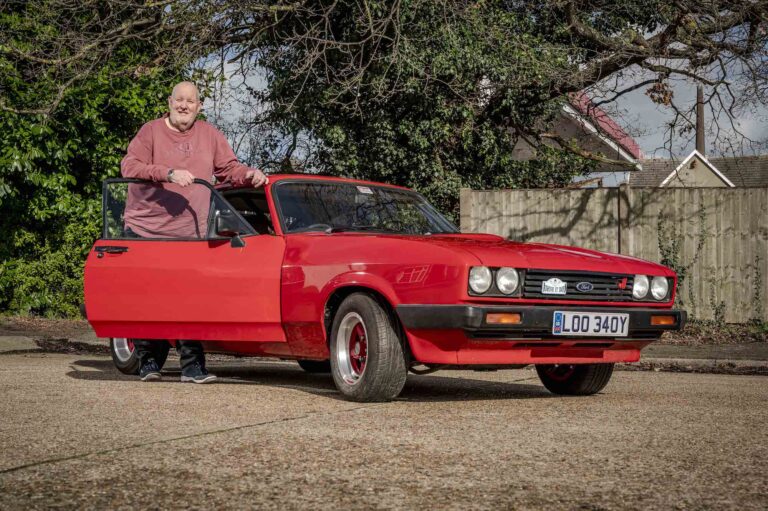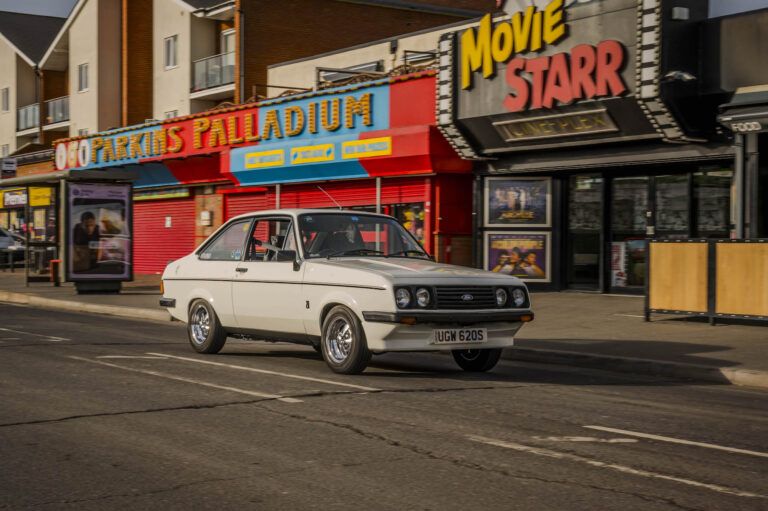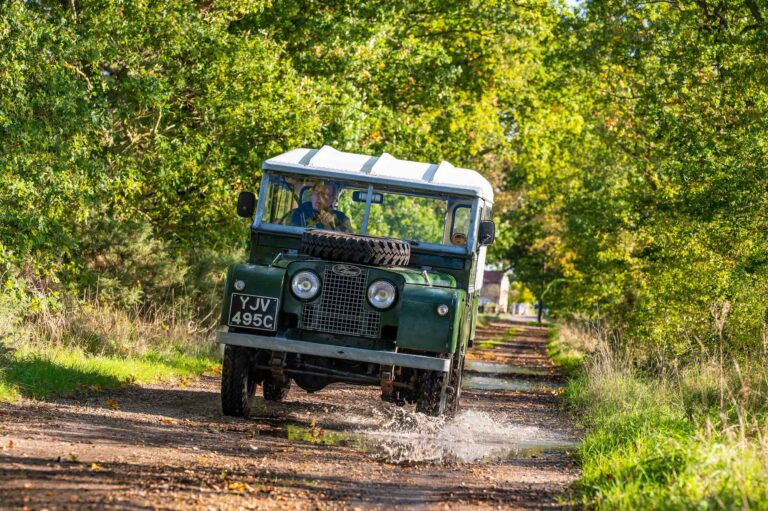There can’t be many 50-year-old cars that have never broken down and never rotted, let alone survived unscathed the wreckage of a force 10 storm on a North Sea ferry, and being trampled by Norwegian mountain goats.
But that’s the story of Stuart Grimwade’s remarkably resilient Morris Minor convertible, a car he’s owned for 47 years and has no intention of selling any time soon.
Stuart, now 74, bought his beloved Moggy when it was just over two years old in 1970, just weeks after marrying his wife Pat.
The three remain together to this day after nearly five decades and 150,000 miles of motoring adventures taking in trips throughout Britain and Europe – and all without a single misfire along the way.
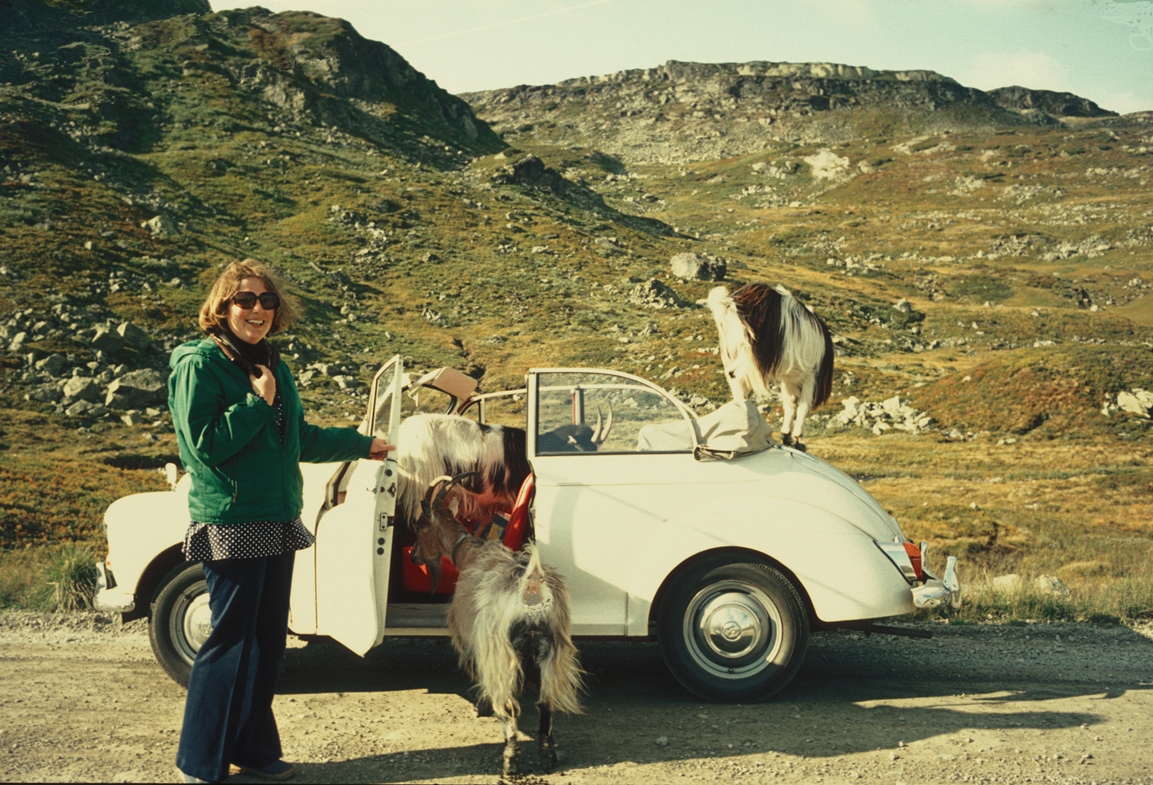
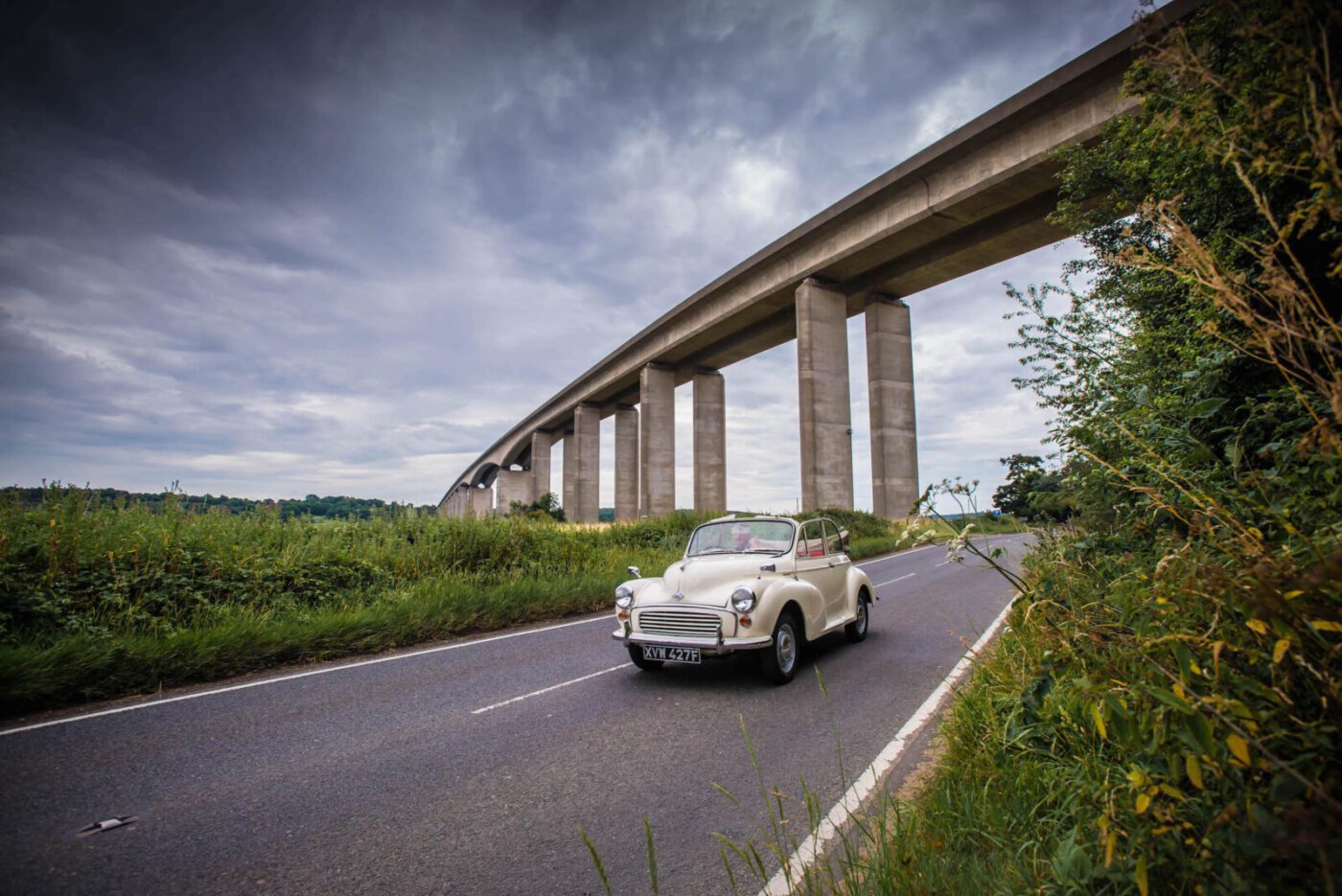
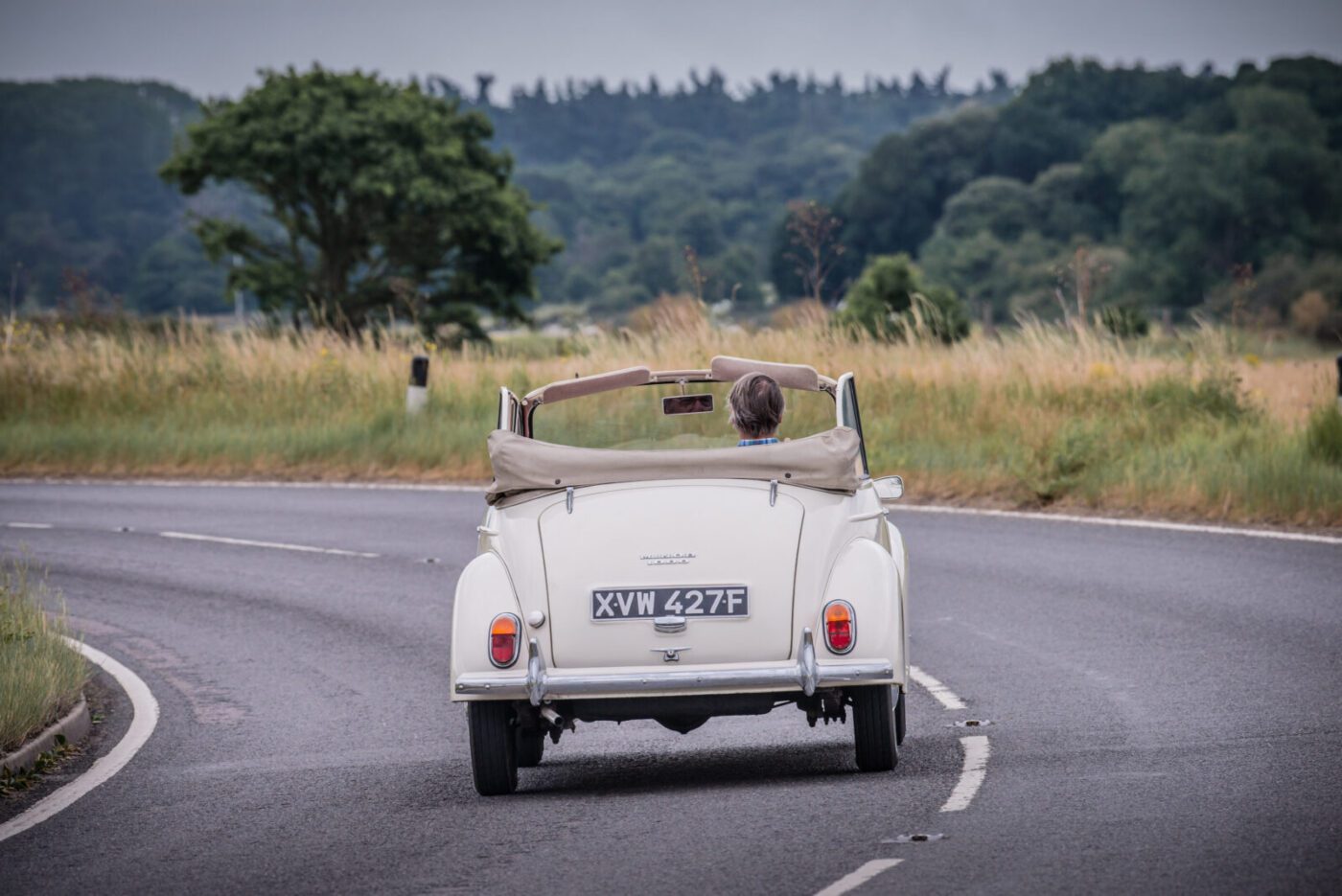
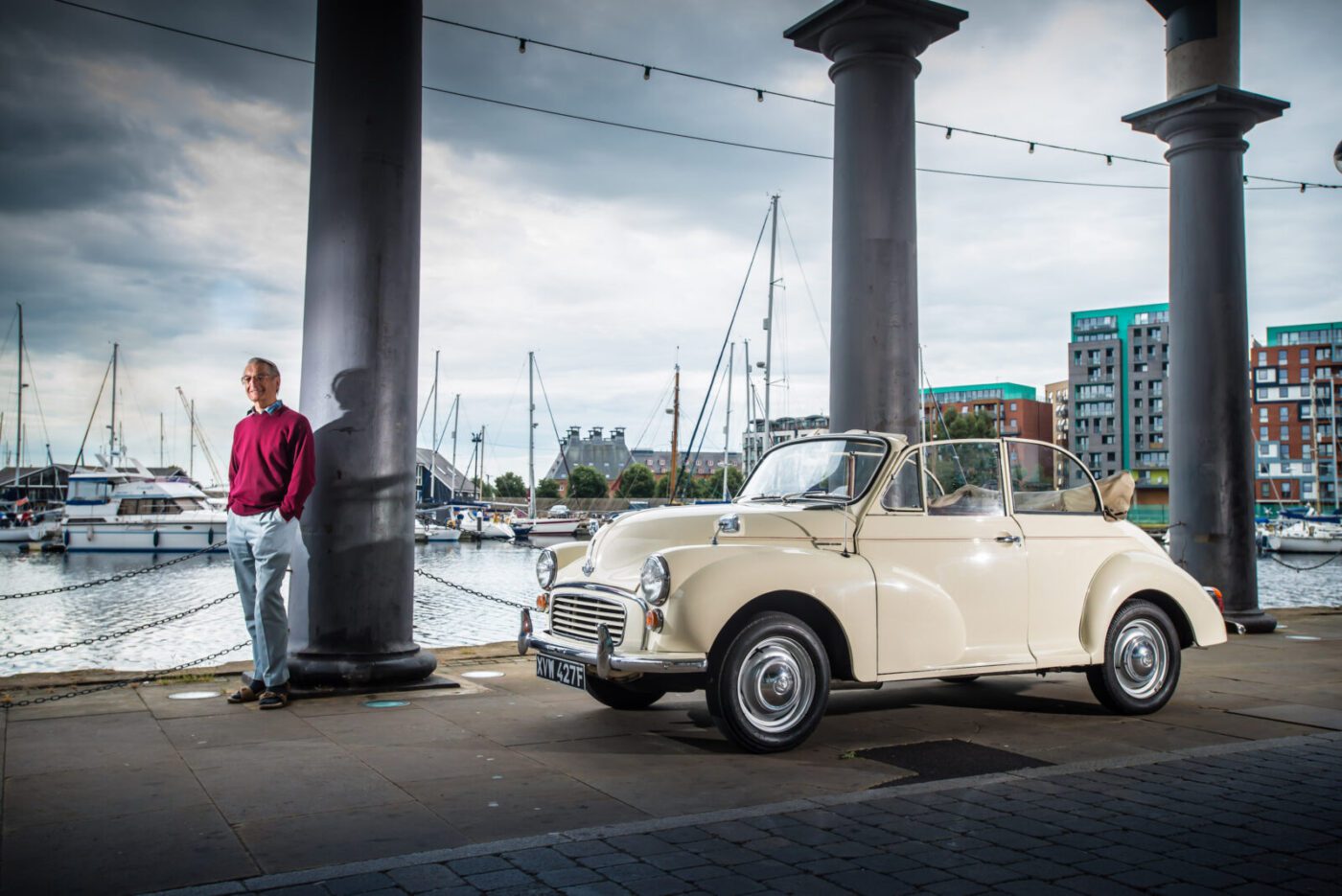
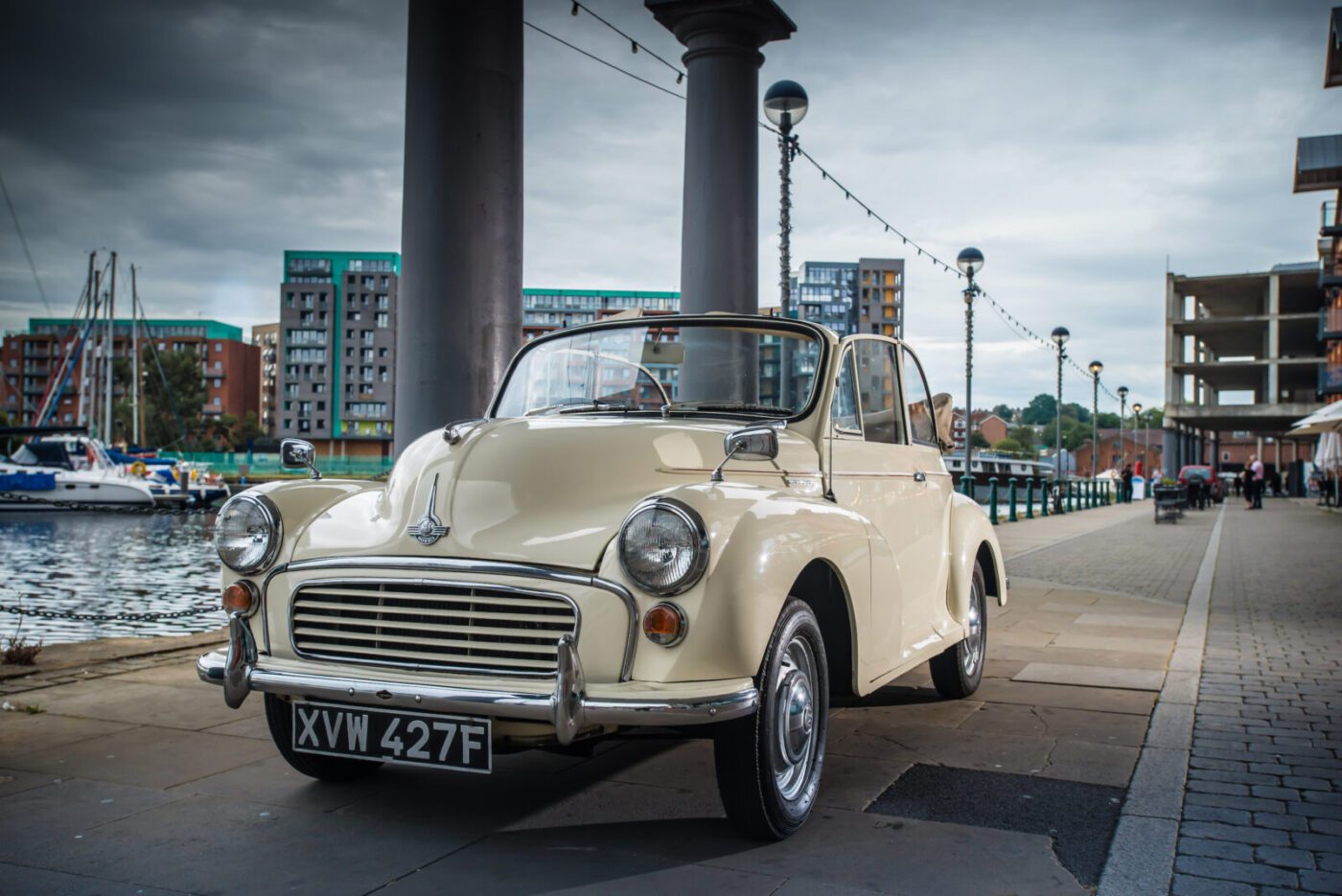
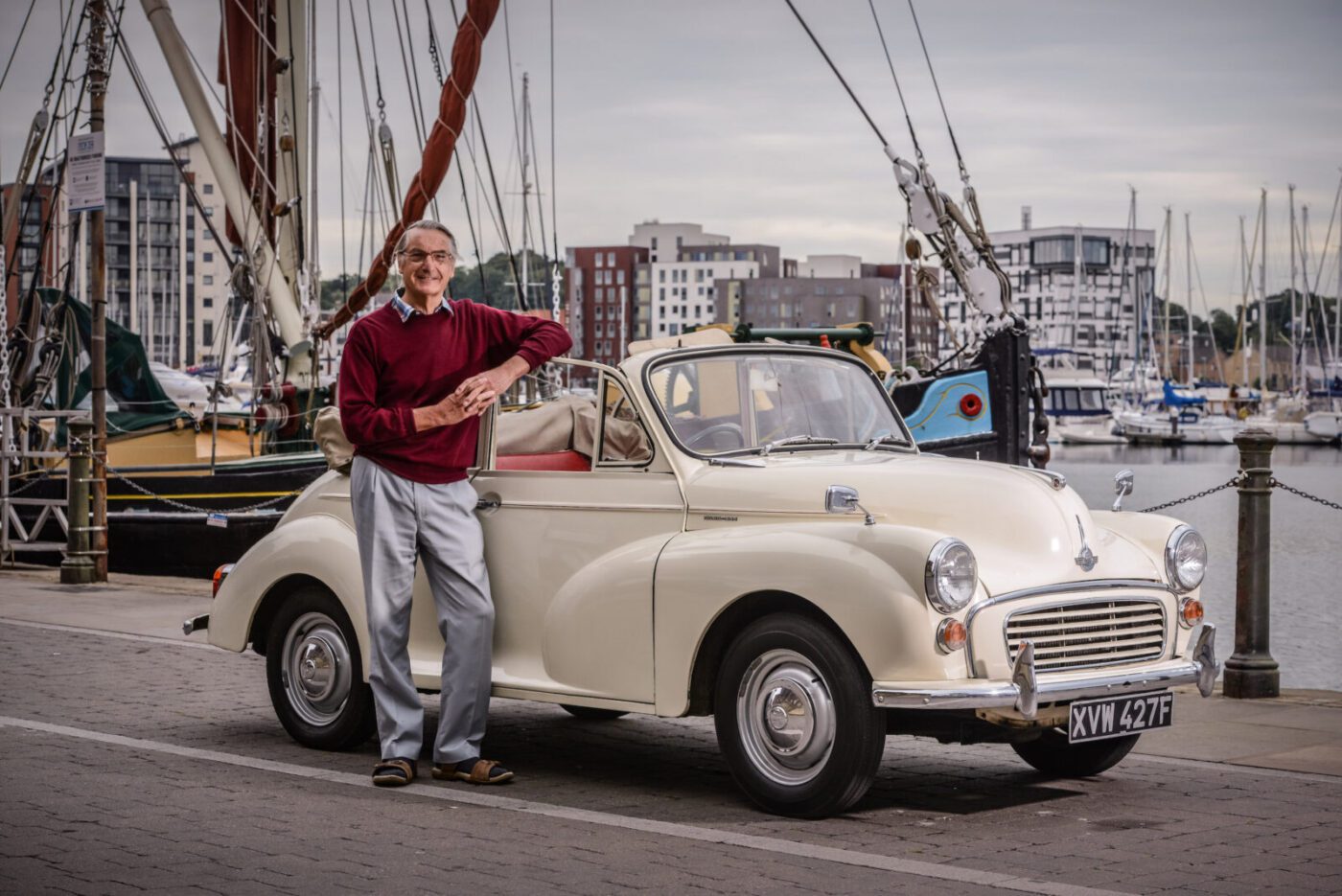
Near-disaster struck on a turbulent North Sea ferry
But it was nearly a very different story, and the trusty Morris was lucky to live beyond its fourth birthday after near-disaster struck on a turbulent North Sea ferry crossing in 1971.
The couple were returning from a mission to the Arctic Circle in northern Norway, back when the Harwich to Kristiansand ferry route was still open for business.
“It was 36 hours on the ship, in a terrible storm,” says Stuart. “The car deck was full of lorries, coaches and cars. We slept overnight and it turned out to be the worst summer storm of the century, a force 10. The ship was rolling all over the place, and there was crashing and banging all night.
“The captain got on the intercom and said ‘anyone who owns cars won’t be able to collect them.’ Lorries had broken loose and caused mayhem; there were crushed vehicles everywhere.”
Stuart and Pat had no choice but to leave without the Morris, and hope.
“We went back to Harwich in a few days time to see if they had pulled it out, and there it was sitting on the quayside, totally unmarked. Out of about 80 vehicles only two were completely undamaged. Some vehicles had been squashed flat. You can’t really get rid of a car that’s come out of that unscathed.”
It had already been a challenging trip for the 1098cc white Minor, the type of journey that these days is rarely tackled in anything other than a high-riding four-wheel-drive SUV.
But the little car, on its skinny tyres, coped with Norway’s rough terrain without a hitch.
“The plan was to drive up to the North Cape in Norway, which we duly did. I had not bargained for quite how rough it is,” says Stuart.
“The roads up there are unmetalled, so it was quite a challenge. I took a bootful of bits and spares, but didn’t need anything – we didn’t even have a puncture.”
They did, however, run into an altogether more stubborn rival than the roads themselves.
READ MORE ABOUT SOME OF OUR GREATEST CLASSIC CARS WITH

A series of articles on our Cult Classics site.
Goats all jumped in the back of the car
“We thought we would stop and take a photo of the car with a stunning background view, but as soon as we got out and took the hood off these goats all jumped in the back of the car,” remembers Stuart.
“Because of the impact of the goats, and 50 years of wear and tear, I renewed all the upholstery a few years ago.”
By the time Stuart paid £300 for his secondhand Minor in 1970 – “a lot of money at the time” – Sir Alec Issigonis’ people’s car had already been in production for 22 years, long after it had been slated for replacement by the Austin / Morris 1100.
The two were produced simultaneously for nine years and the Minor, like Germany’s VW Beetle, simply refused to go quietly despite its 1940s styling being entirely out of keeping with the cars of the early 1970s.
It was eventually replaced by the popular, but much-derided, Morris Marina, but not before nearly 1.4million had been sold.
Stuart’s Moggy was his second car, the thrill of open-top motoring having been sown by a 1946 Triumph Roadster owned while at university.
“It was a marvellous vehicle, with a Jaguar engine. I bought it for £50 and sold it a couple of years later for £60 – I thought I’d done all right but maybe if I’d kept that it would be worth more today than the Moggy!” says Stuart, from Ipswich.
“I got used to having an open car through that. When I started working after uni I thought I’d like to have an open car and the only thing I could afford was something like a Morris Minor.
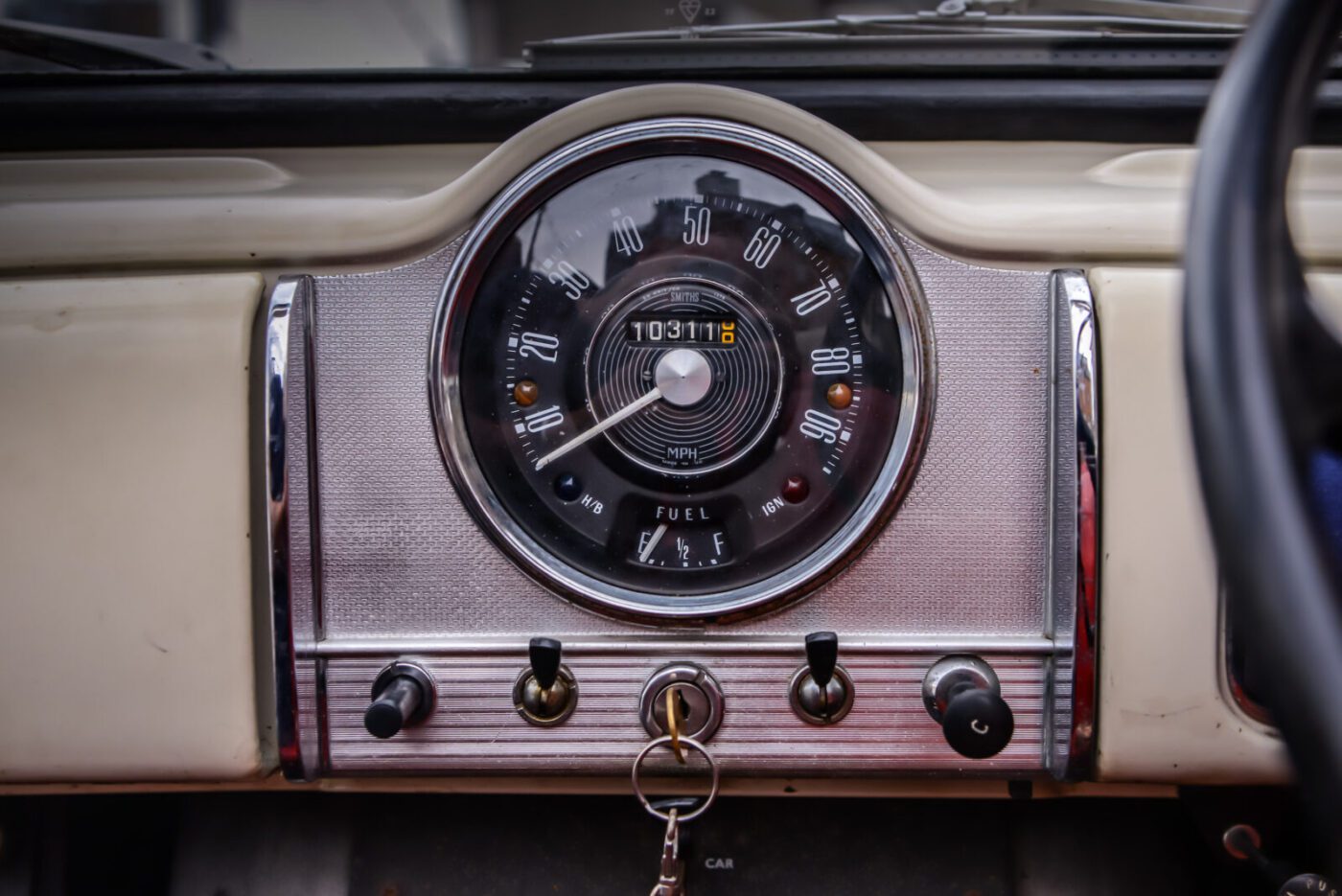
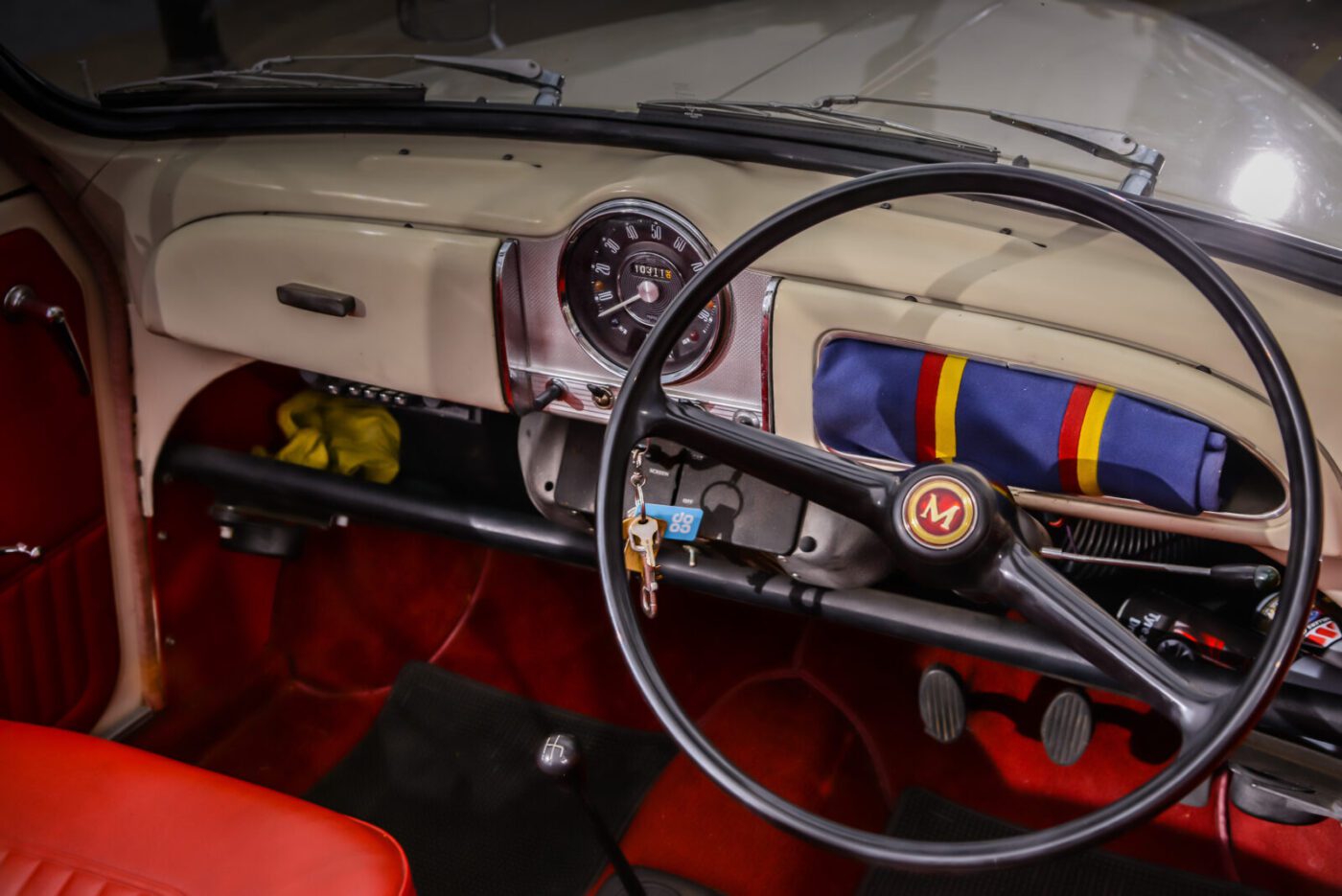
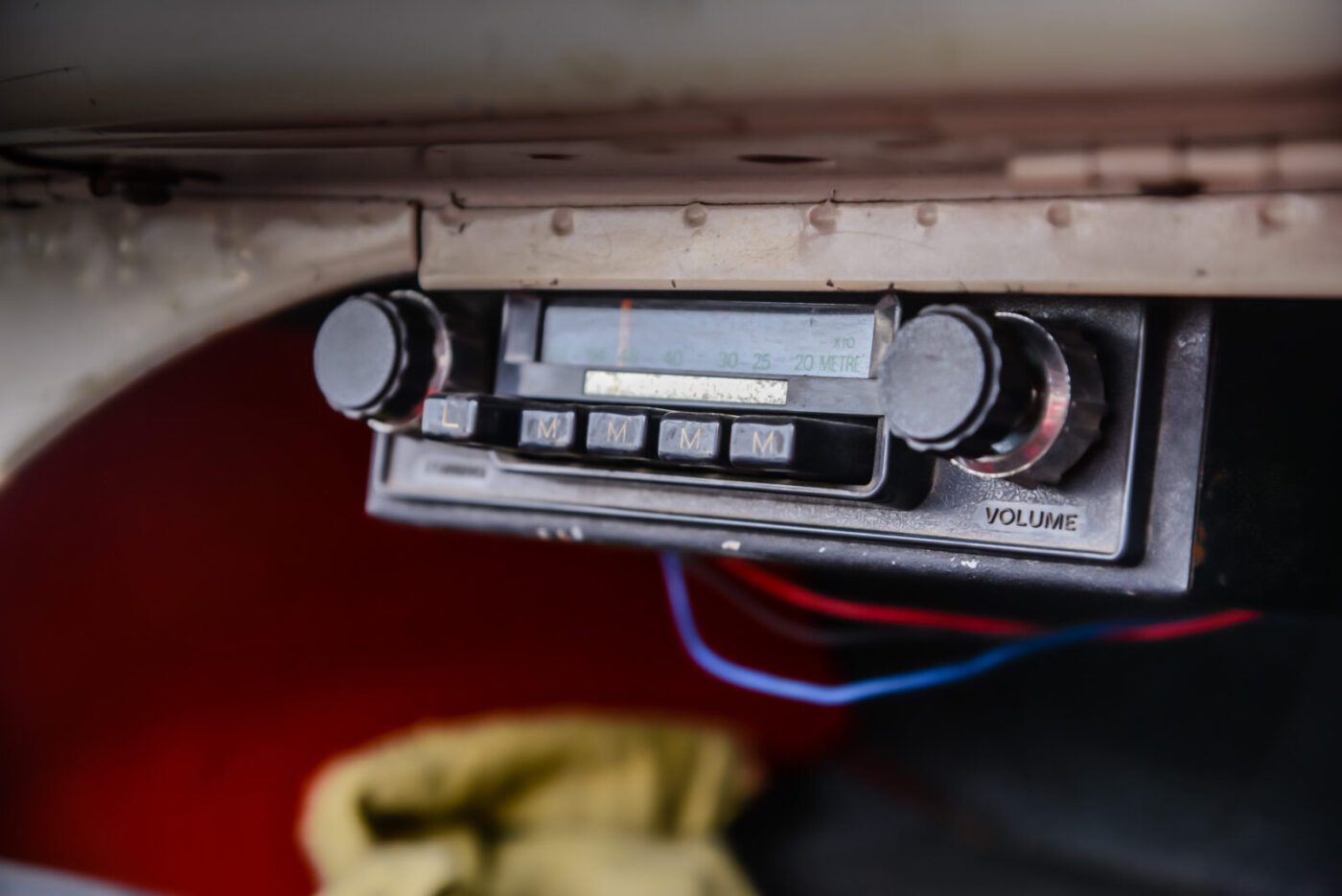
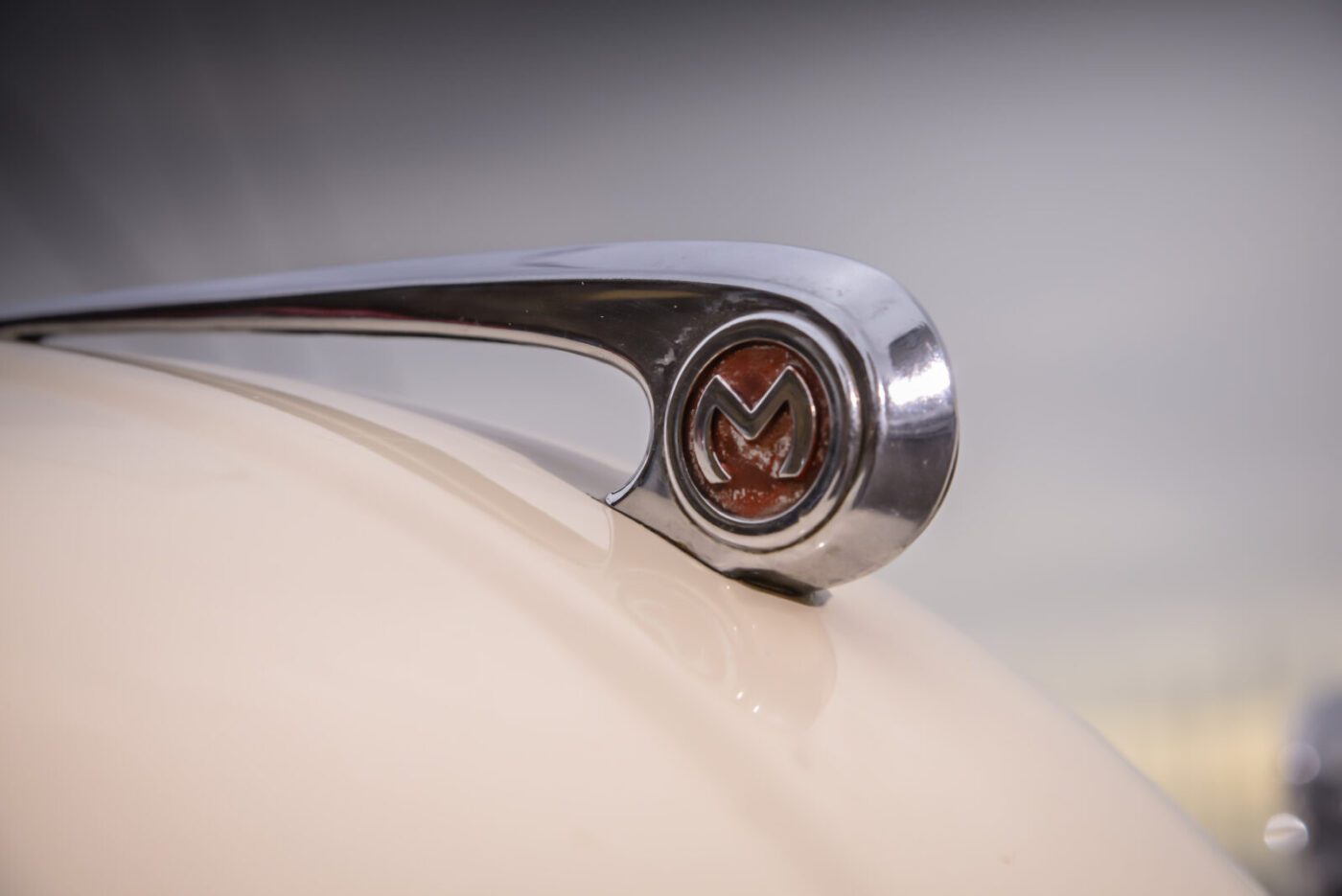
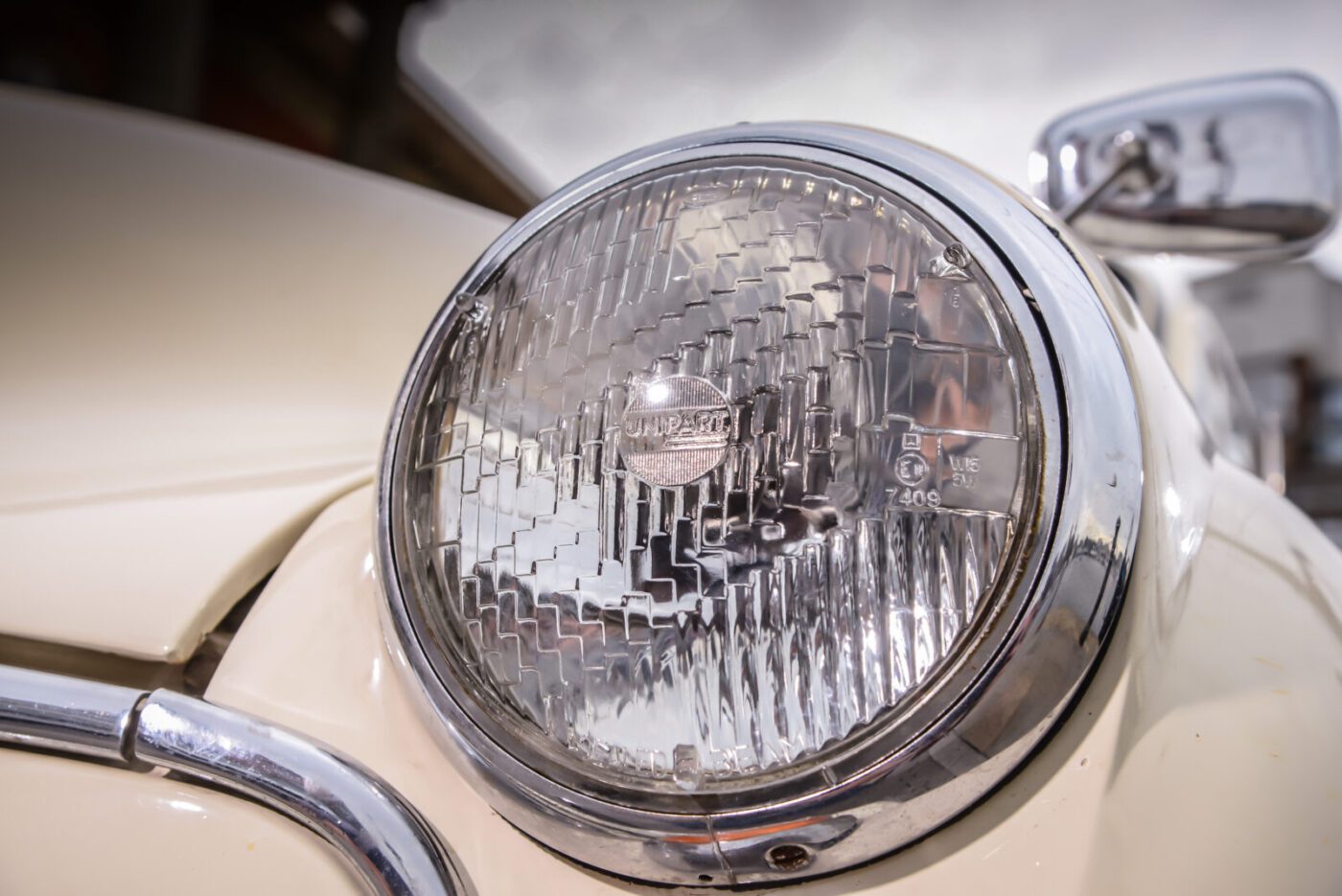
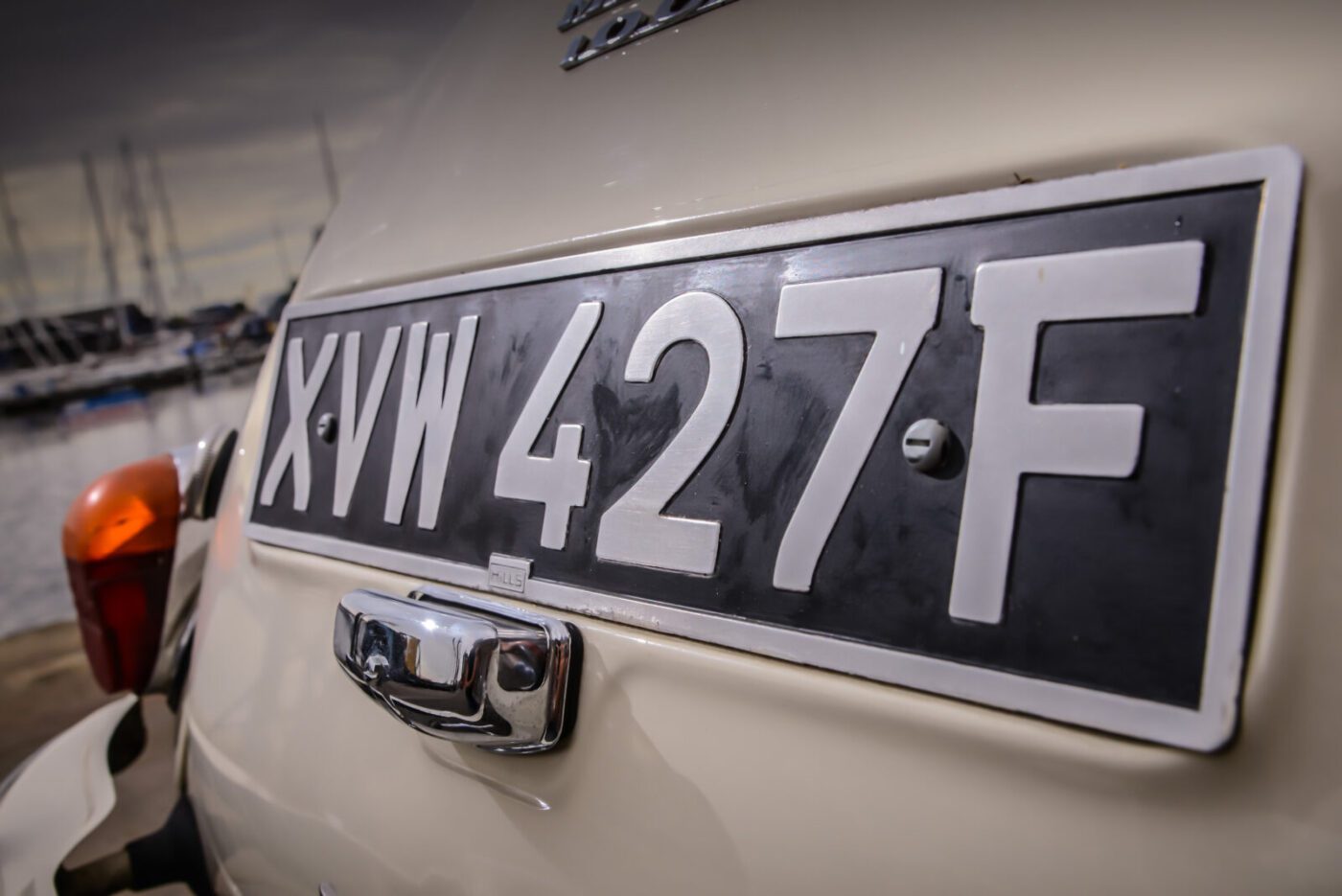
I could never bear to part with it
“I paid £300 for it, which was a lot of money at the time. People said you are mad buying a two-year-old car – you could pick up a 30-year-old much more interesting one. But having got it, I could never bear to part with it.”
Stuart was the Minor’s third owner in quick succession, bought from the wife of a colleague – but that pattern was about to change.
“It had very small mileage when I bought it, but we used it as our only car for about 10 years, and now it’s done about 150,000 miles, although the milometer wasn’t working for a while in the early 90s,” he adds.
“I used to take my son to school in it for several years. There was a time when he was little he loved going in an open car, and then as a teenager he was so embarrassed to be seen in this ridiculous car and vowed never to go in it again!”
Thankfully, now 40, son Alastair has made peace with the Morris and “quite likes it now”.
Legendarily slow (the fastest Minor could only reach 77mph), the Morris was nevertheless staggeringly reliable.
81.5% of customers could get a cheaper quote over the phone
Protect your car with tailor-made classic car insurance, including agreed value cover and discounts for limited mileage and owners club discounts

It never broke down, ever
“It never broke down, ever. The only thing that’s ever happened to it is a cracked windscreen,” says Stuart, a retired local government official.
“We would go all round Britain in it, and down to France, camping in a tiny tent. On one trip to north Wales it rained and rained, and the hood could not cope with that amount of rain. There was water in the car, so now it never goes out in the rain.
“When it had done about 100,000 miles I thought I was going to have to replace the engine, about 20 or 30 years ago. I got a friend who maintains it for me at a small backstreet garage to have a look.
“At the time you could get a factory reconditioned Gold Seal replacement engine, but he said it would be a shame to do that. He took it to pieces and said there’s nothing wrong with it – just put new rings in and off you go again.”
Stuart also believes it’s not just any old Minor, but one of only a handful of survivors built on the original Cowley production line.
“I gather there was a strike at Pressed Steel-Fisher in 1967, and the production line that the Morris was being churned out on was stopped for six months,” he says.
“BMC took the decision to reopen the original production line for a few months and when they did that, the engine bay area of the car was as it had originally been manufactured. Ours was one of those cars. People who know these things tell me the Morris has a ‘Nuffield’ engine pan in it.”
With the Morris now 13 years old, and well-travelled, Stuart and Pat decided it was time to buy a more modern car for everyday use.
“I managed to persuade my wife the Morris could stay in the garage while we got something else,” says Stuart.
“We went through the normal route of buying secondhand cars and changing them every few years. The Minor came out on a nice day and that’s why it’s still the way it is now.
“My mechanic said ‘you will have to make a decision as to whether you keep it as a quality classic car or let it rust away’. That was what persuaded me to keep it in good condition. It helped that Ken Clarke, who was Chancellor of the Exchequer, decided that historic vehicles could be road tax free.
“It’s obviously very slow compared to all the other cars now, and I don’t go more than 55mph in it, and never on the motorways. Driving on trunk road these days with the hood down is most unpleasant. It tends to be very much local driving when it’s dry. It also comes into its own when I have to transport lengthy items for the boat at the start of each sailing season.”
Back in the 1960s and 1970s, Minors were everywhere, a common sight on the roads and barely worthy of a raised eyebrow. But all that’s changed, as Stuart knows all too well.
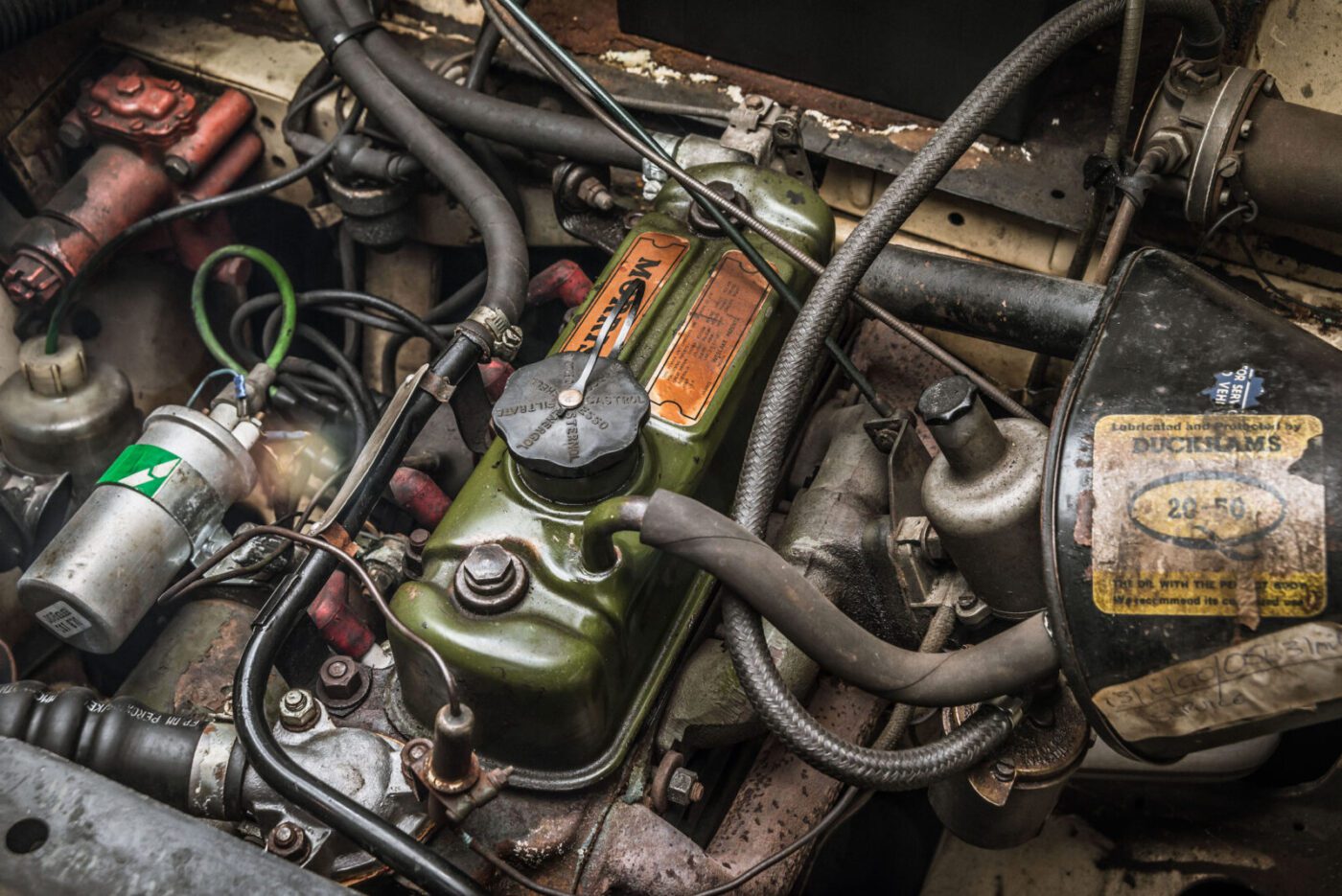
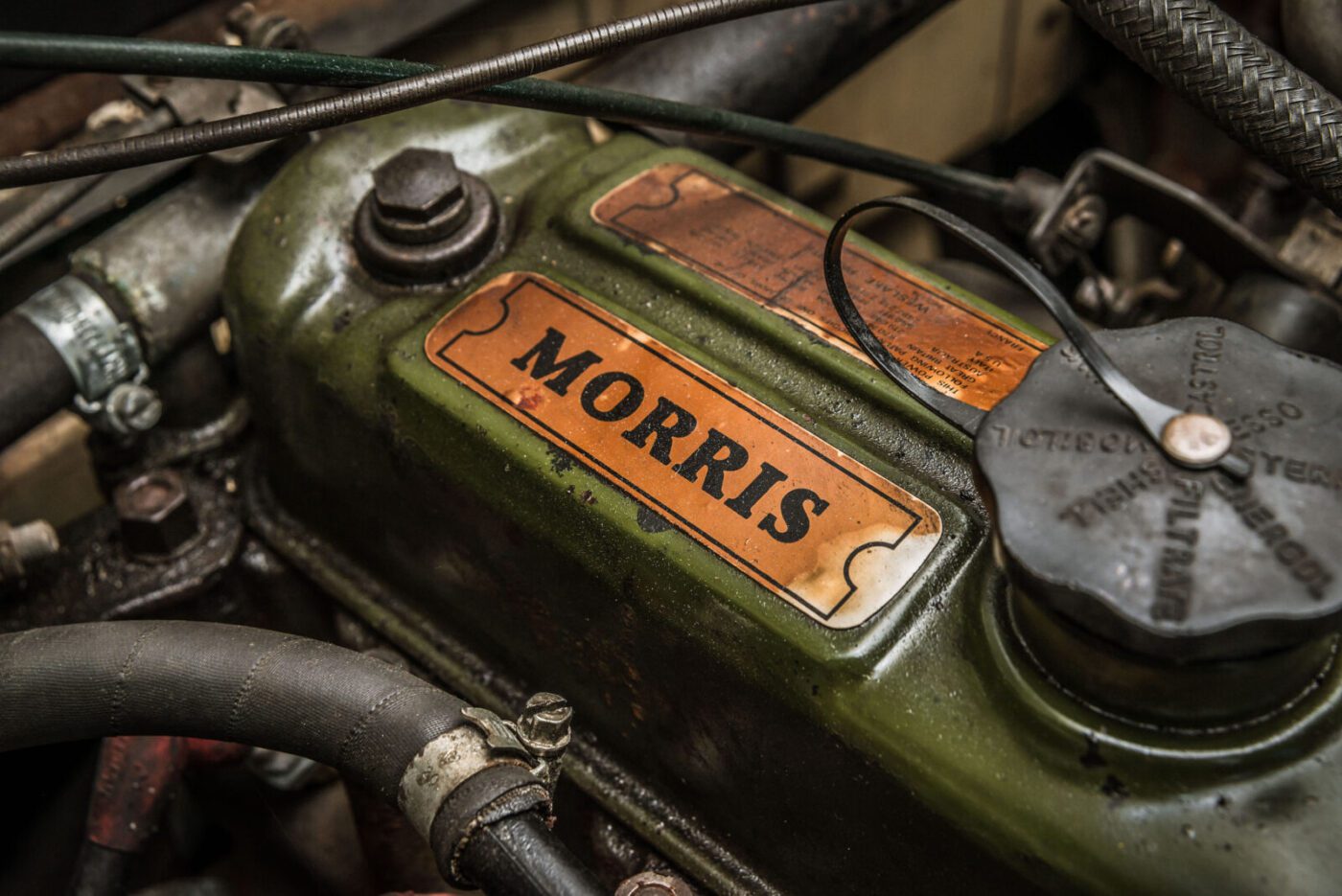
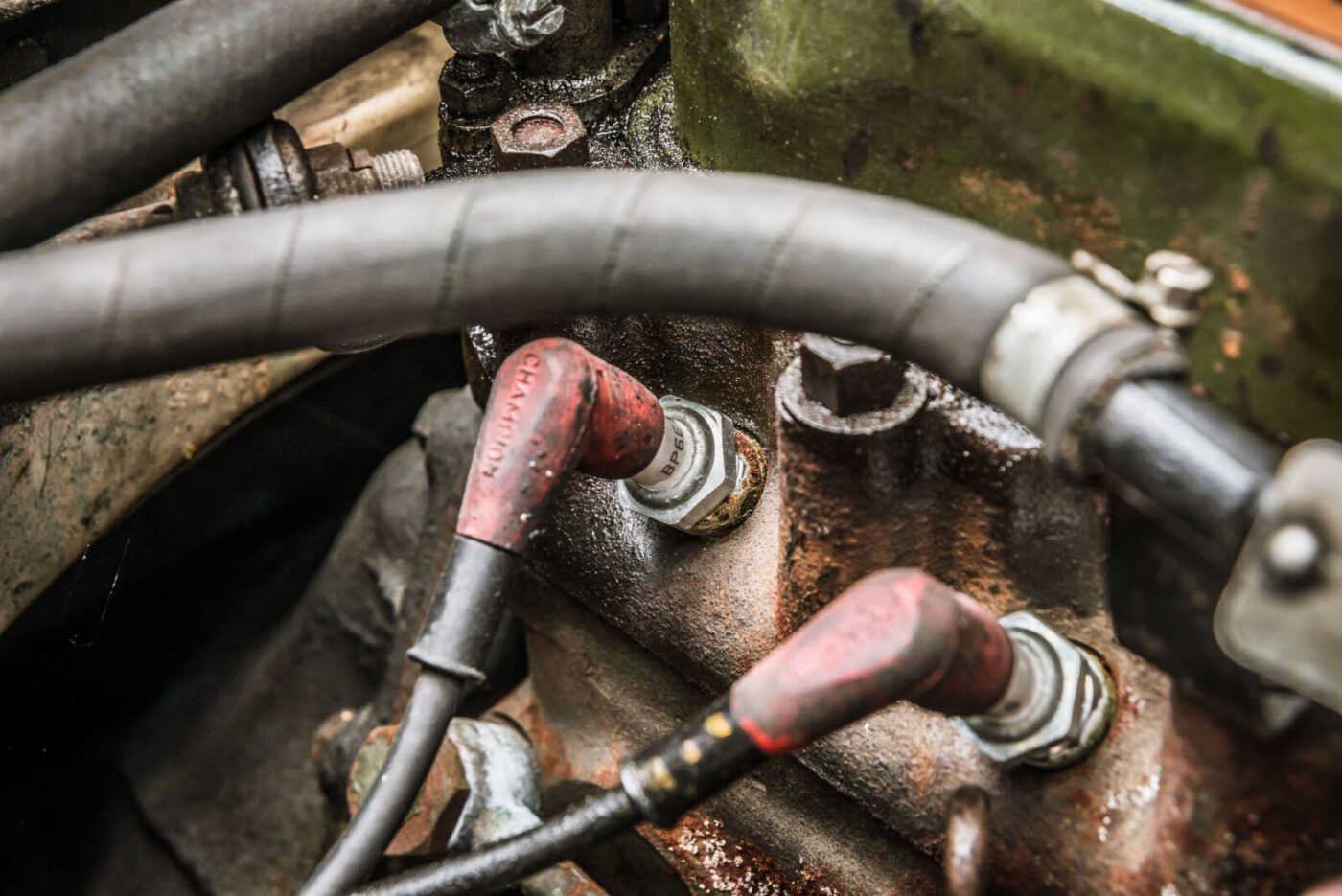
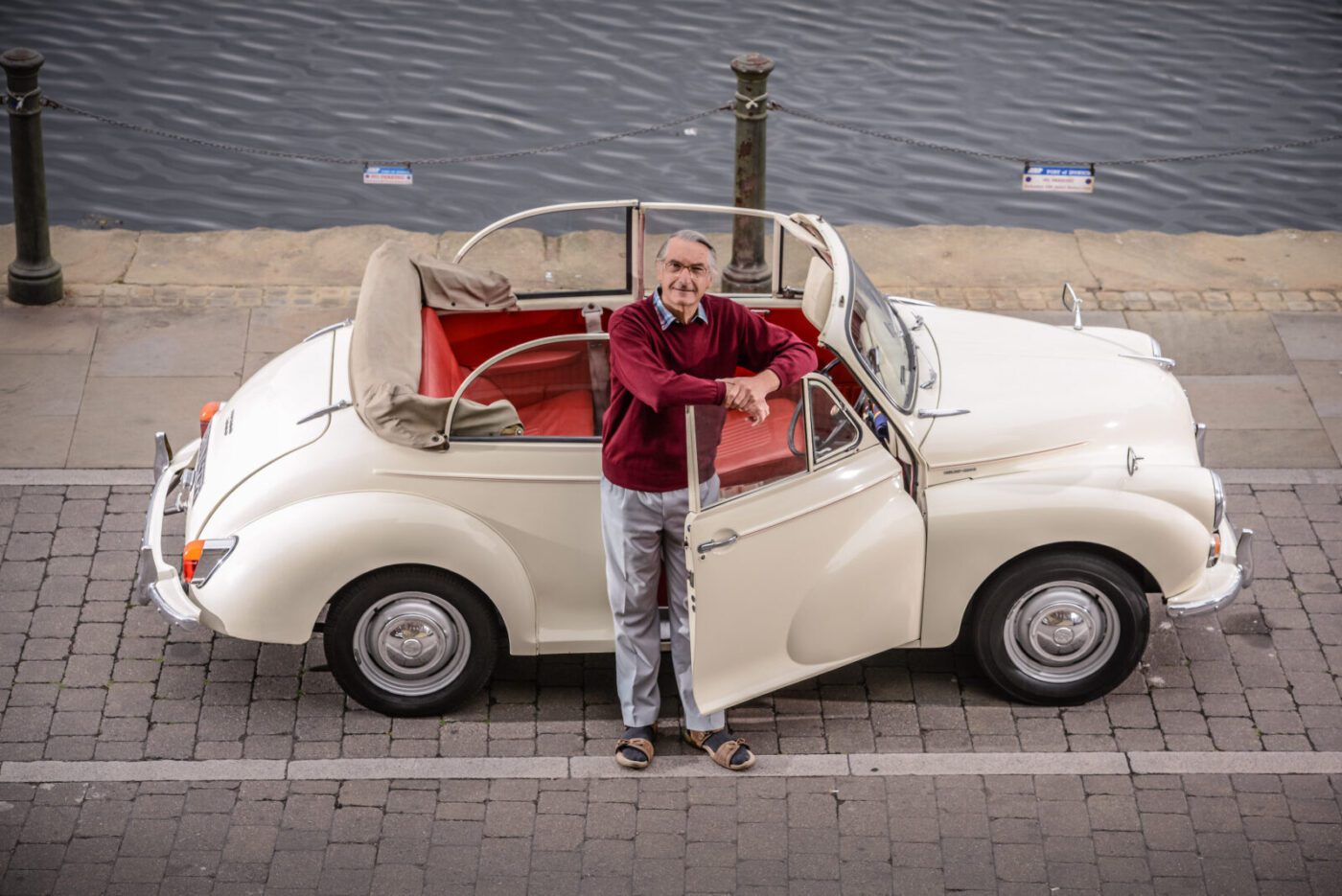
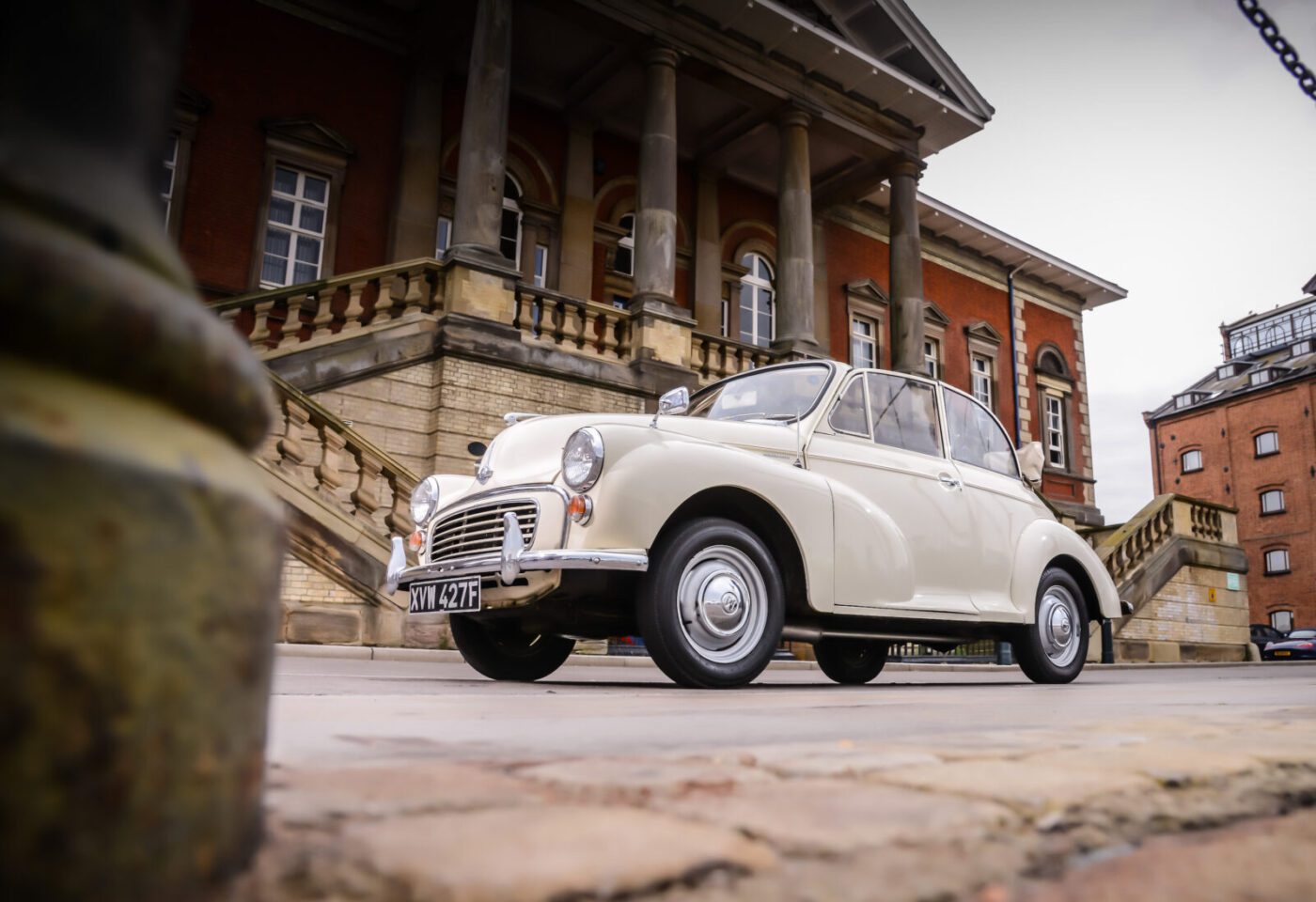
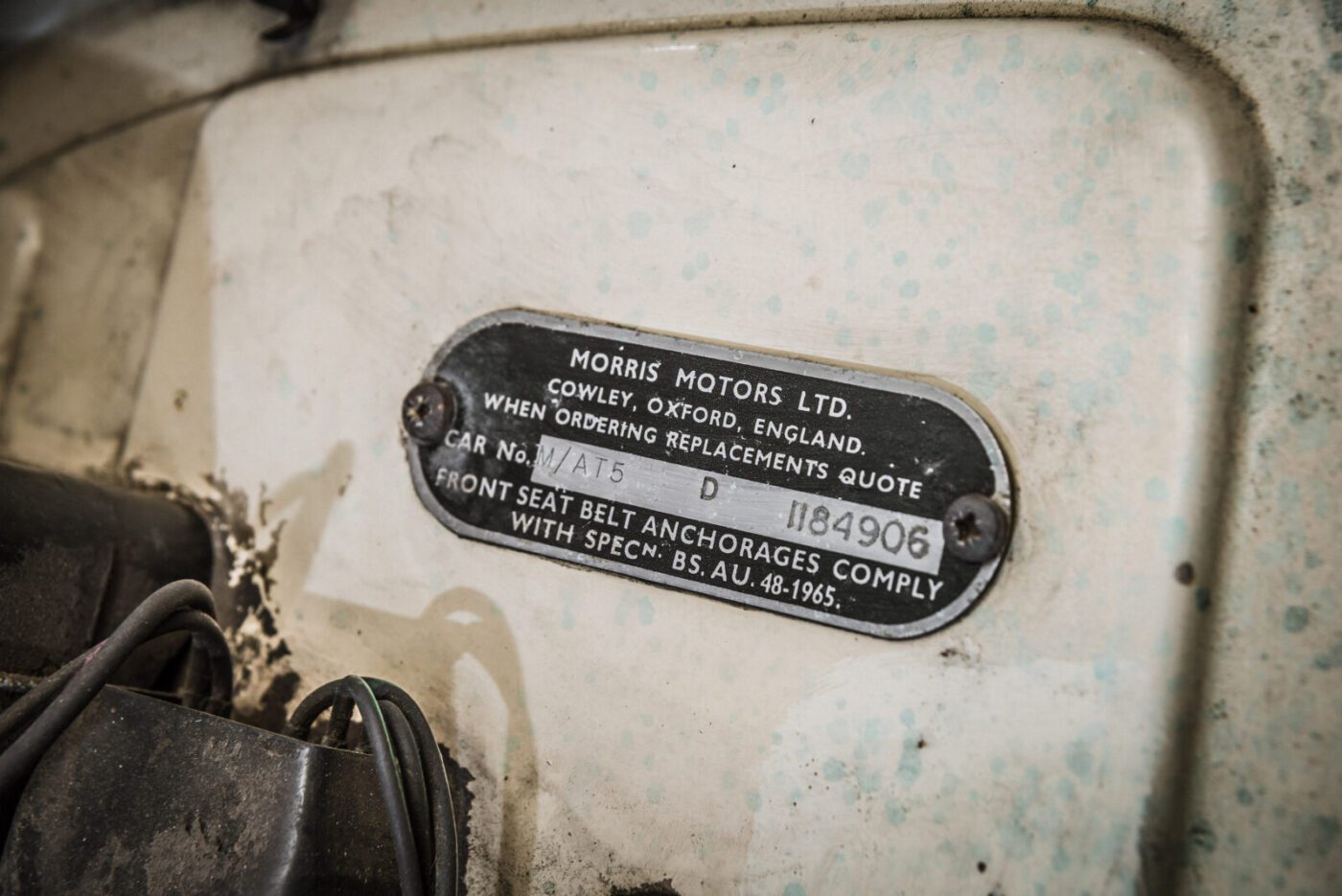
I can’t park on the street without people coming to look at it
“There were thousands of them on the road, people didn’t take any notice of them. Now I can’t park on the street without people coming to look at it,” he says.
“That was one of the things that stopped me parking it in the street. Lots of people have wanted to buy it – when it was in the garage for servicing, I would get a list of people that want to buy it.
“We went to Helmingham Hall classic car rally last summer. There were thousands of cars there and it was a lovely day. We were invited to take part in their concours d’elegance – it’s the first time I’ve ever done anything like that, and hundreds of people came up to me to tell me everything that’s happened in their old Morris.
“You get people coming up to you and saying things like ‘my daughter was conceived in one like that’ – you don’t really have an answer to that!”
Of course, Stuart has rebuffed all those offers, and will continue to do so as long as he is able to enjoy the car that means so much to him.
“I’ve got no intention of selling it. It’s been hugely reliable and part of the family. I can see the car outliving me but I do joke to Pat that she can bury me in it,” says Stuart, an inveterate hoarder who still listens to his father’s mahogany Murphy radio, four-foot high and complete with original valves.
One thing’s for sure, the Morris still has plenty more days in the sun in the hands of it loving owner yet.
READ MORE ABOUT SOME OF OUR GREATEST CLASSIC CARS WITH


